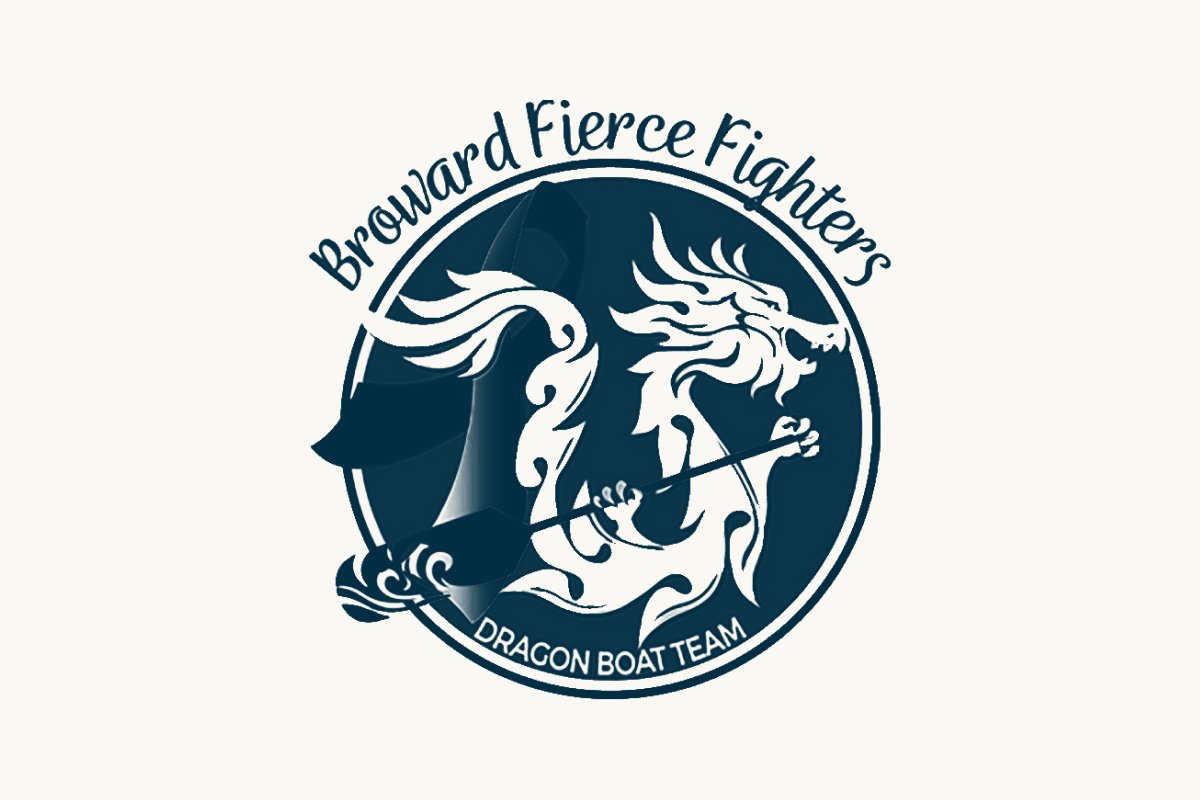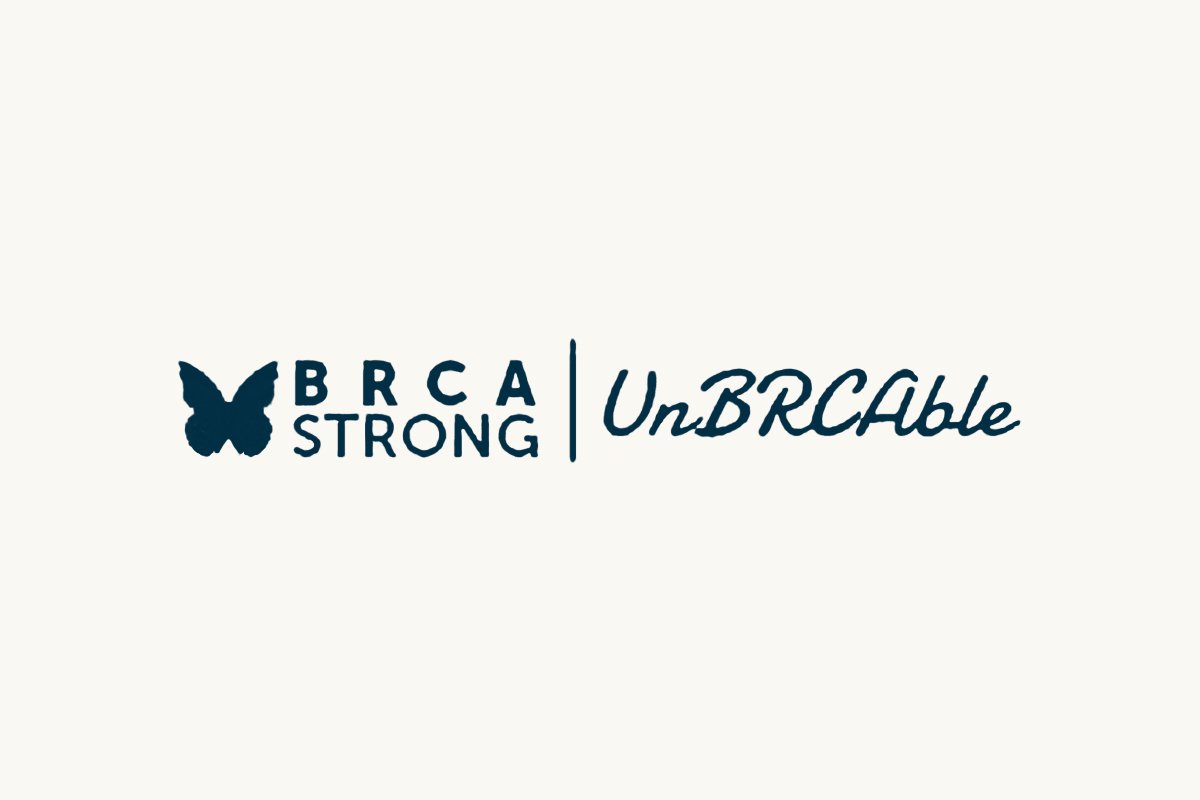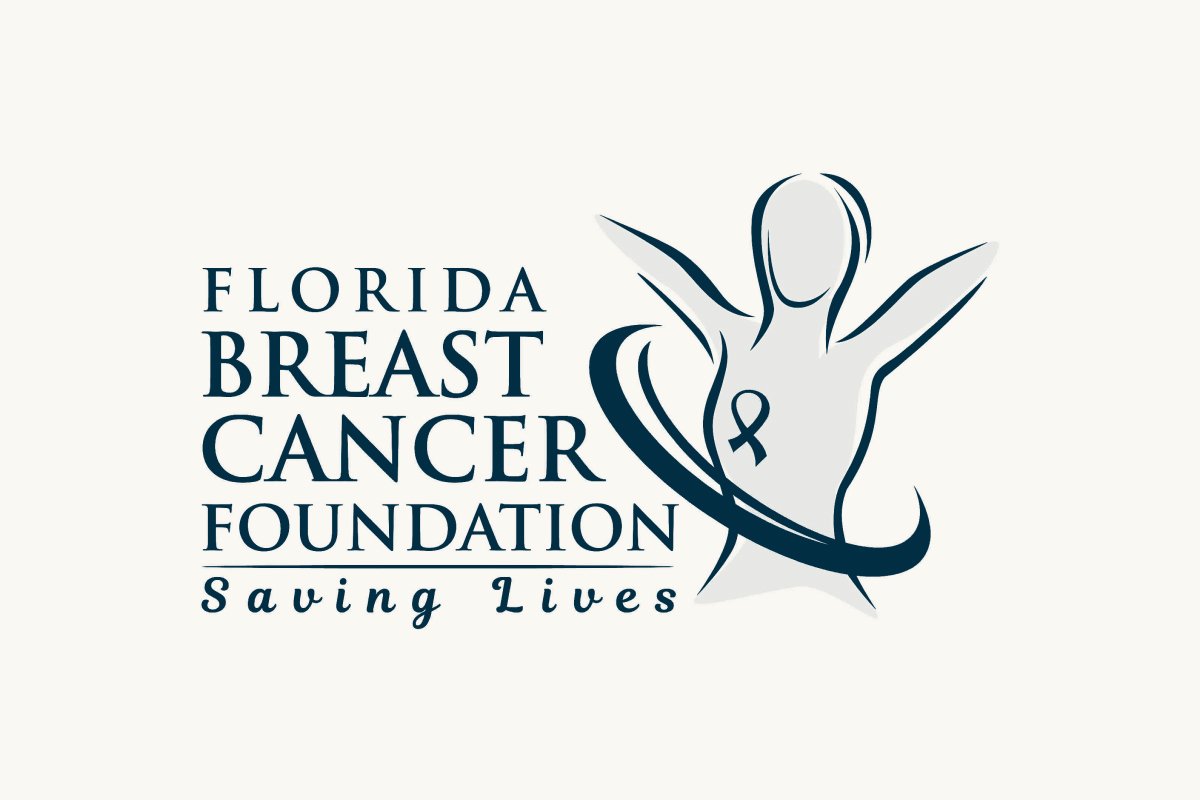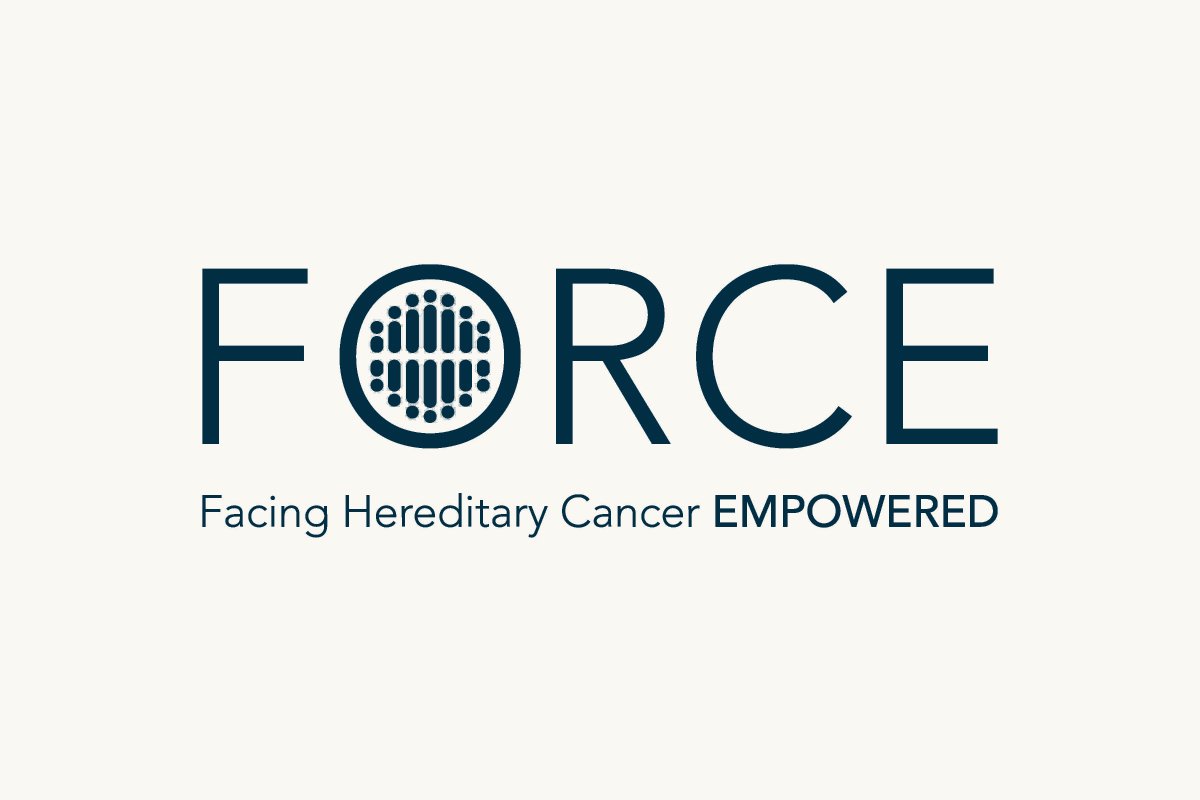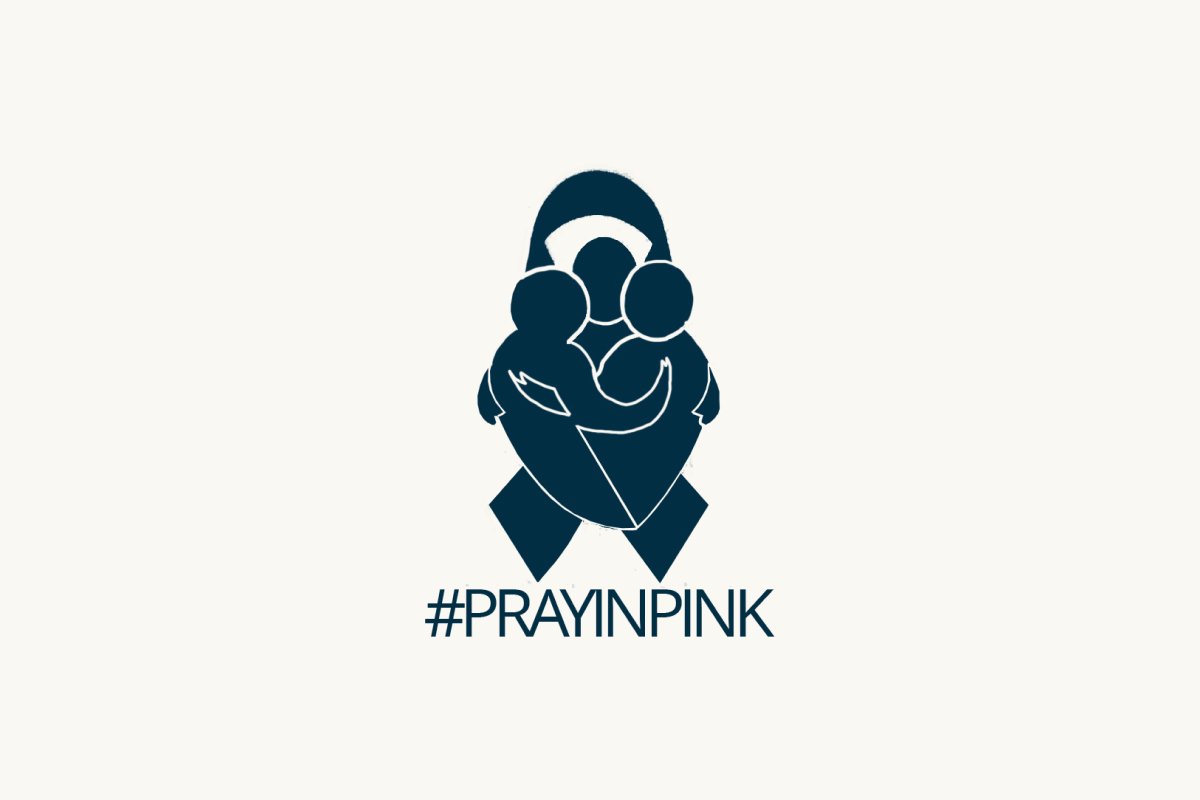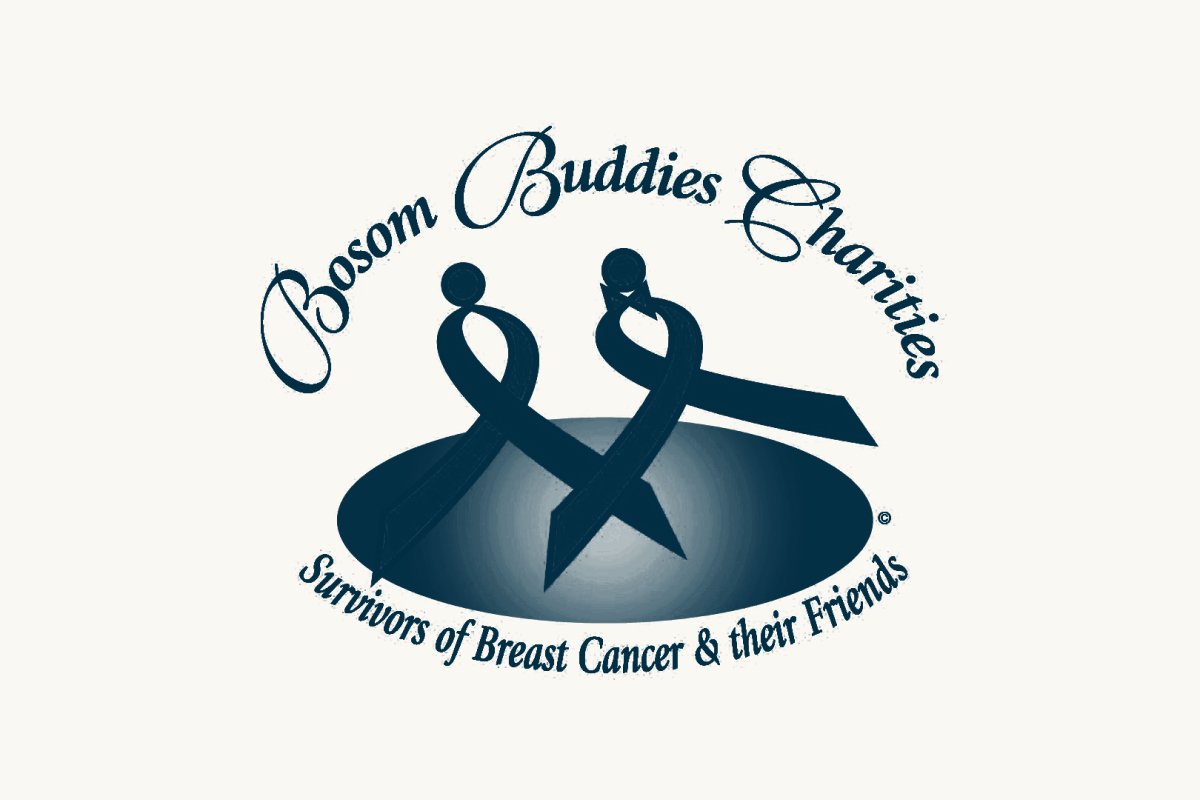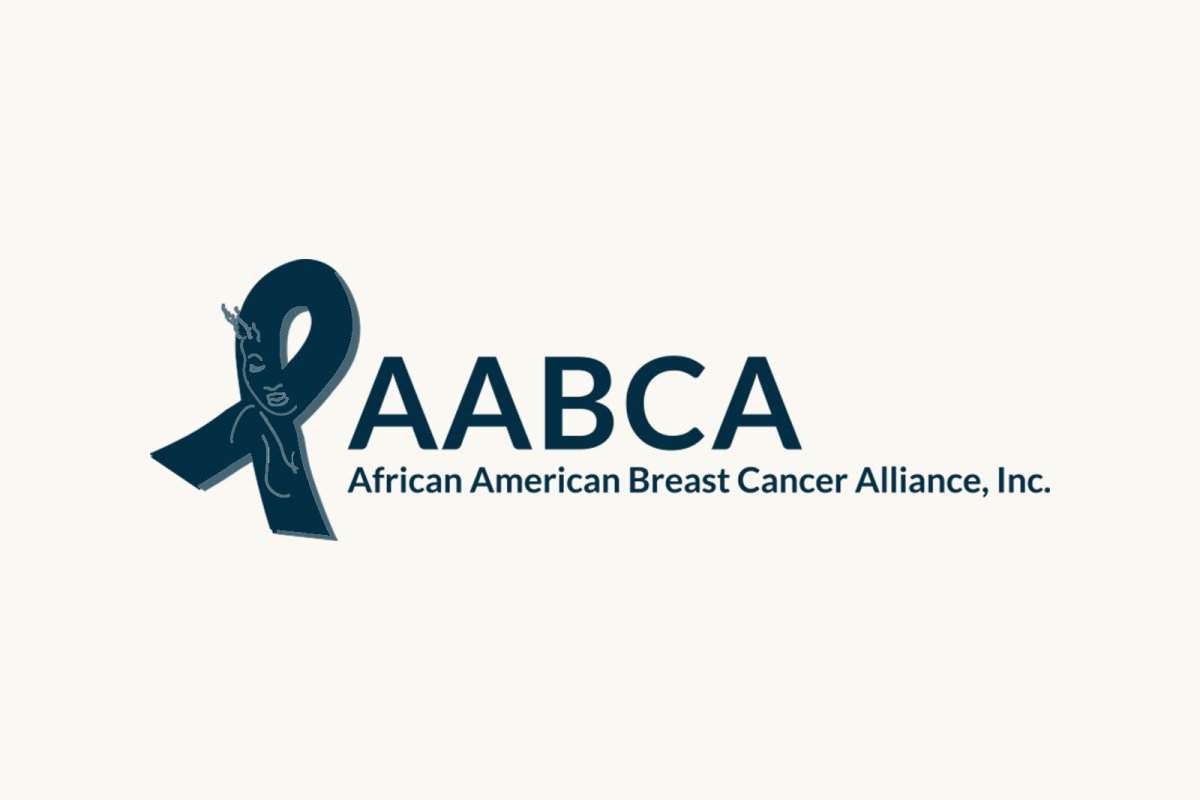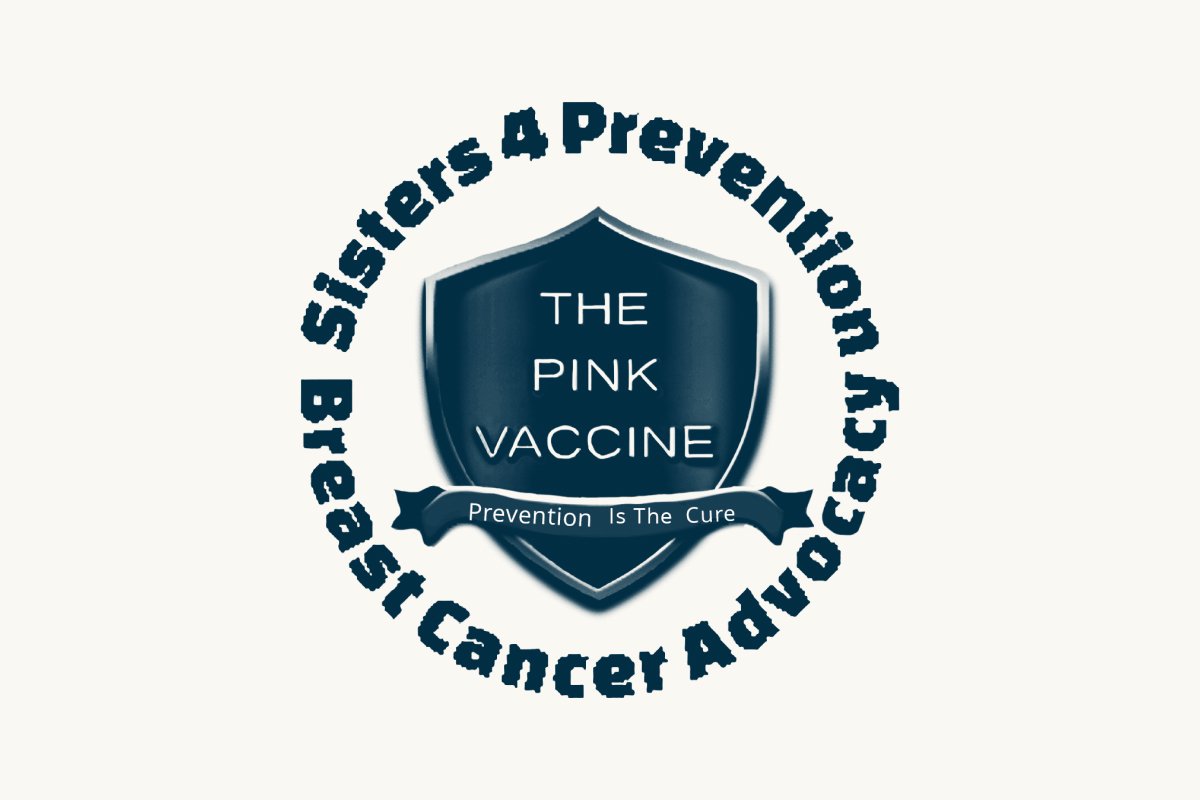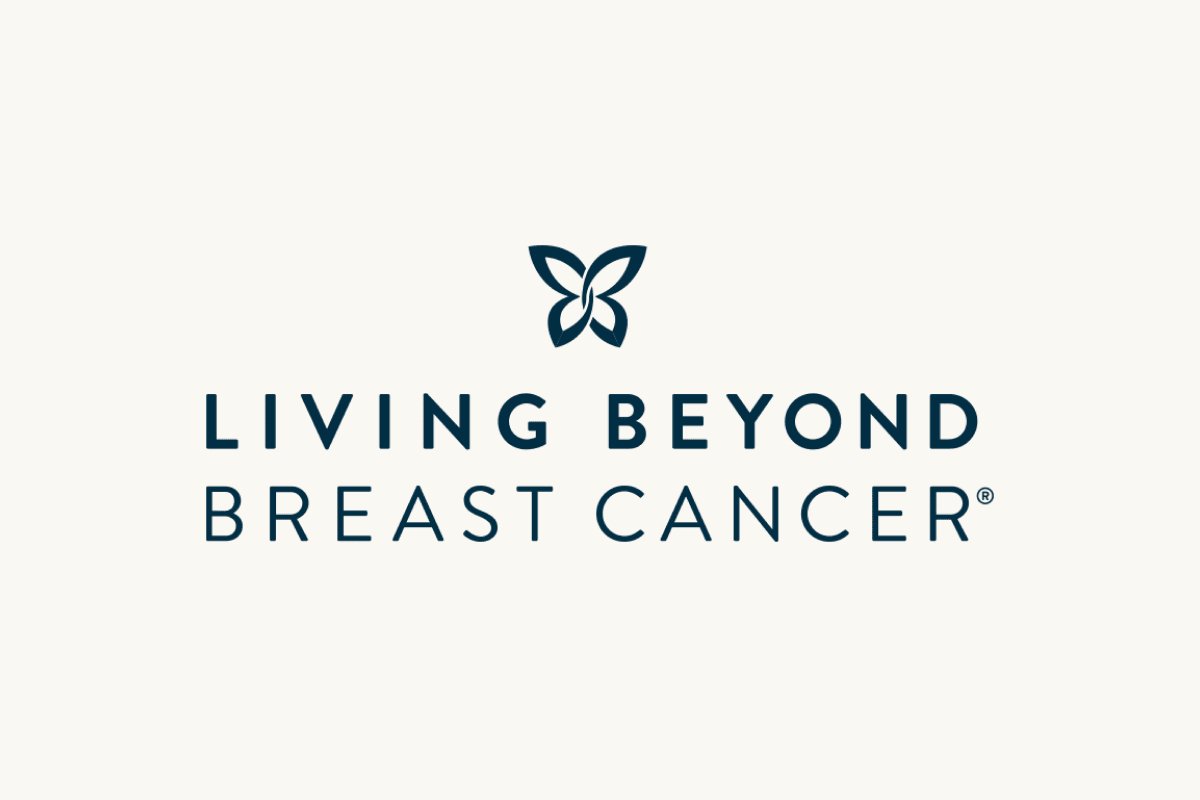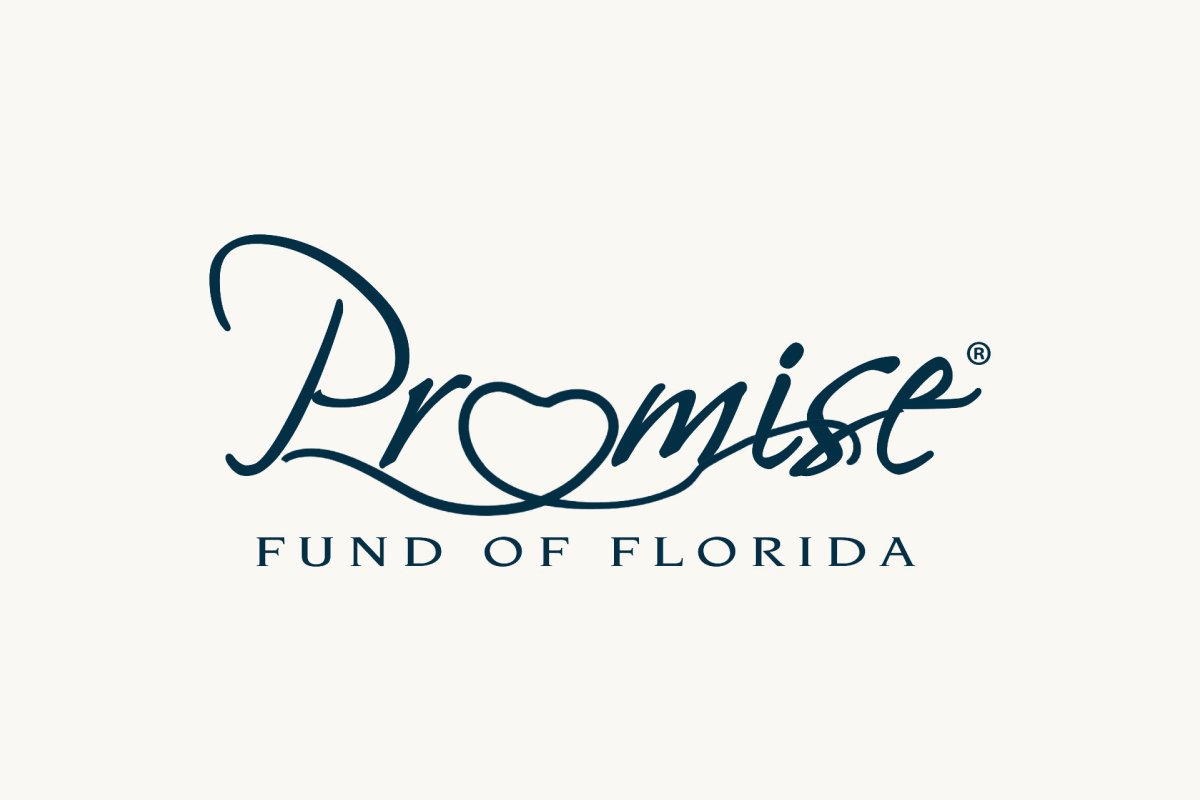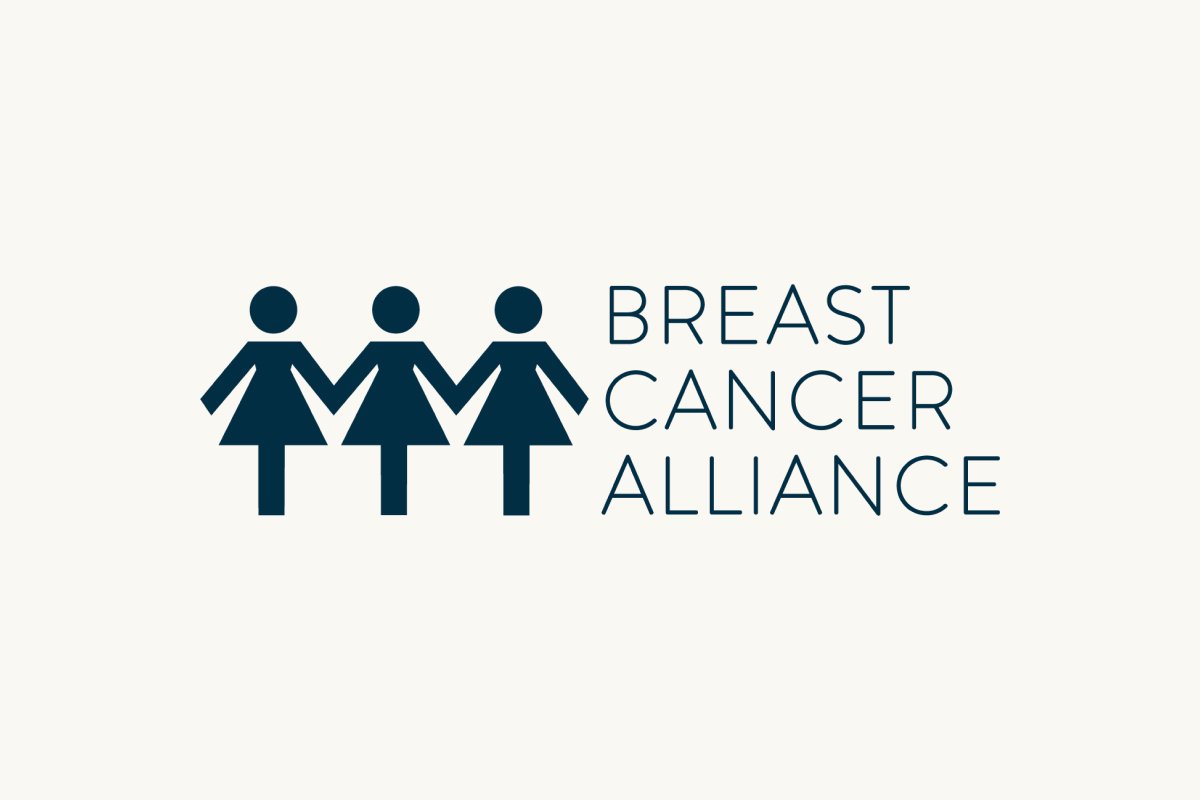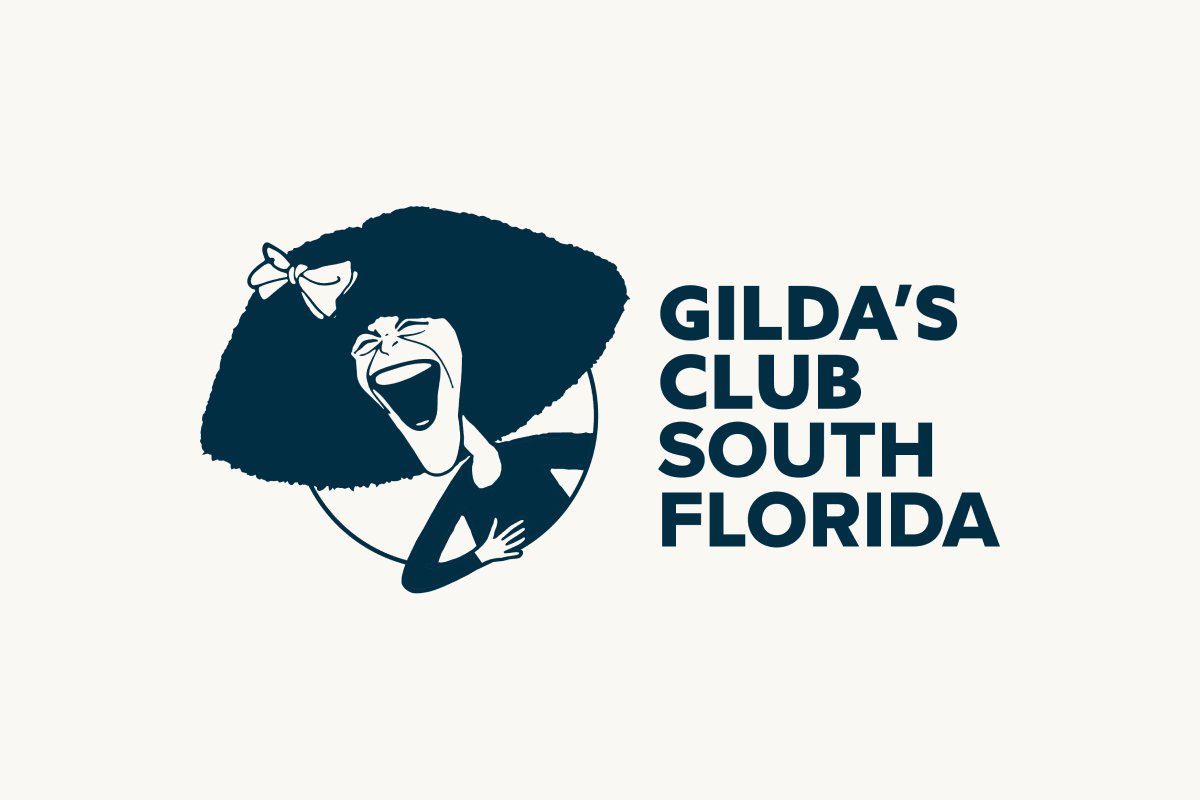What’s New in Cancer Care:
Cancer in Plain Language
At Total Health, we believe that knowledge is power, and we strive to educate and inform, not only the cancer healthcare team on relevant and impactful updates in cancer clinical practice, but also those living with cancer and their caregivers, to help them make better, more informed decisions about their treatment.
Our free educational blog highlights some of the latest information and developments across a wide range of cancer topics, in a more relatable, and patient-friendly manner.
The featured topics herein have been presented by expert clinical faculty at our conferences throughout the year, and are summarized in plain language, to make the complex field of oncology more understandable, and to encourage patient engagement and discussion.
We hope you and your cancer care team find this to be a valuable resource for shared decision-making.
-
We're excited to introduce our premier 'plain language' article, "Cancer's New Horizon: Promising Developments for a Brighter Future." In this article, our Director of Medical Writing and Scientific Content reviews some of the most significant and practice-changing advancements across the big 5 cancers, as presented by our expert faculty over the past two years at Total Health.


